Name Chan Wai | ||
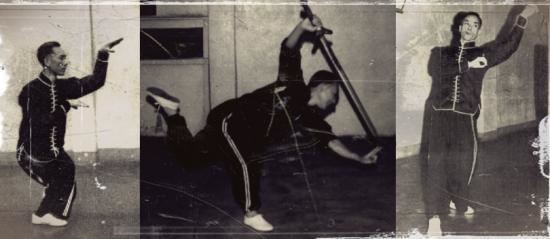 | ||
Gracias maestro chan kowk wai
Chan Kwok Wai (Chinese: 陳國偉; pinyin: Chén Guówěi; Cantonese Yale: Chan Gwok-wai) was born on April 3, 1936, at Toisaan in the province of Canton, China. He introduced traditional Shaolin Kung Fu to Brazil through the China-Brazil Kung Fu Academy. His disciples have spread as far as the USA, Canada, Spain, Argentina and the Czech Republic.
Contents
- Gracias maestro chan kowk wai
- Liang yi chuan gran maestro chan kowk wai
- Kung Fu Styles
- Kung Fu Heritage
- Personal Approach
- Trivia
- References
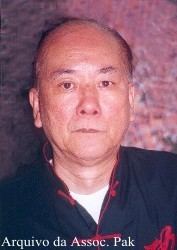
In September, 2004, Chan was awarded the 10th degree of the World Organization of Wu Shu & Kung Fu Masters from Vancouver, BC, Canada, in five styles: Northern Shaolin, Yang Taiji, Bagua, Xingyi and Hungsing Choileifat.
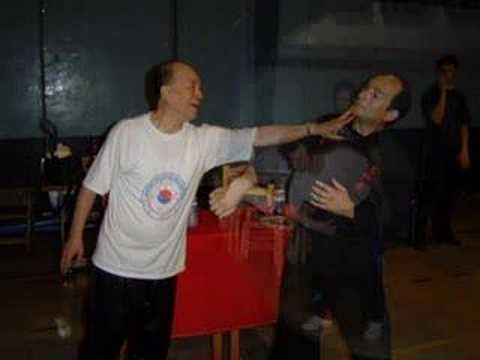
Liang yi chuan gran maestro chan kowk wai
Kung Fu Styles
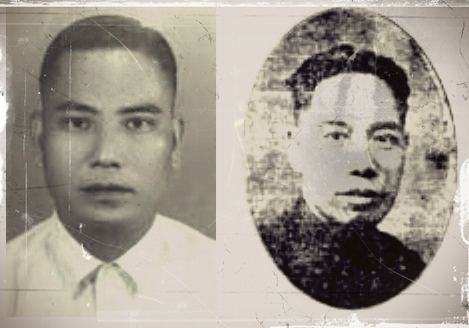
Chan teaches a broad curriculum of old-school kung fu styles. Most of them are external styles (外家, Wàijiā):
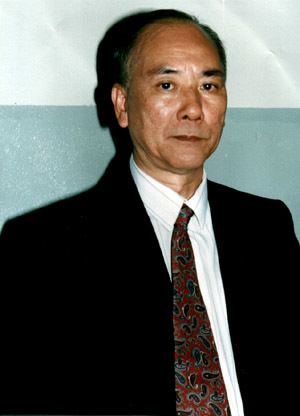
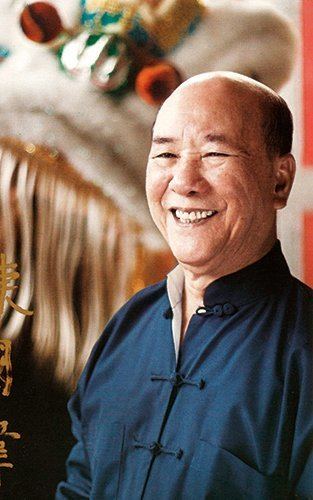
The internal styles (内家, Nèijiā) taught by Chan are such:
Kung Fu Heritage
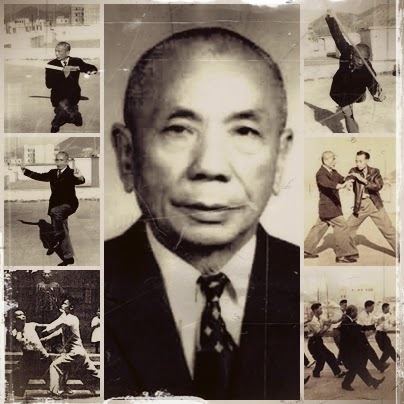
Chan initiated his kung fu by the age of four with Chan Cheoksing, who taught him Choileifat until he was 14. In 1949, with the constitution of the People's Republic of China, the young Chan moved with his family to Hong Kong, where he trained Shaolin Luohan with his uncle Ma Gimfung (馬劍風). When Yim Seungmou (嚴尚武) too left the PRC, he stayed in Hong Kong with Chan's family and taught him Gu Yujeung's (顾汝章) Northern Shaolin Style, along with many other systems: Gu's martial qigong (氣功), healing massage techniques, Taijiquan, Xingyiquan, Bajiquan and Tantui; and Baksing Choileifat, which Yim learned directly from its founder Taam Saam (譚三), a friend of Gu. Yim Seungmou also introduced the young Chan to teachers of other styles: Wong Honfan (黃漢勳) of Seven Stars Mantis; Jeung Jimman (張占文) of Eagle Claw; Wan Laisheng (萬籟聲) of Ziranmen and Liuhequan; Fu Wingfai (傅永輝), son of Fu Jansung (傅振嵩), of Baguazhang; and Doctor Yan Yiuchiu (甄耀超) of Hungsing Choileifat, with whom he learned everything he could for roughly ten years. It is interesting to note that aforementioned masters Gu Yujeung, Fu Jansung and Wan Laisheng, alongside Li Xianwu (李先五) and Wan's cousin Wan Laiping, were sent from Nanjing to teach northern styles to the South, specifically Guangzhou (Canton), around 1929, where their prowess's reputation earned them the nickname "Five Northern Tigers".

In 1960, Chan moved to Brazil, where he co-founded the Chinese Social Center (Centro Social Chinês, in Portuguese) through which he taught kung fu classes for twelve years. He also taught classes at the renowned Universidade de São Paulo (USP) for seven years. In 1973, Chan founded the China-Brazil Kung Fu Academy for which he is largely known today.
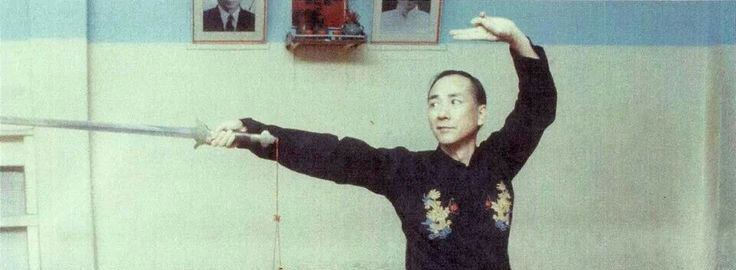
The heritage tree given below details the main characters of all kung fu styles taught by Chan. Many of these characters are famous; see section "See Also".
Personal Approach
Chan teaches the core Northern Shaolin hand sets in a different order than Gu Yujeung. The core ten sets are preceded by an introductory set and 12 Roads Tantui, as inherited by the Central Guoshu Institute. His methodology is propagated throughout the whole Sinobrasileira family.
Romanized names below are given Pinyin Mandarin first, then Yale Cantonese.
Introductory set:
The Five Lesser sets:
The Five Greater sets:
Trivia
On April 11, 2005, the city of São Paulo paid homage to several pioneers of martial arts teaching in Brazil, including Chan, and instituted that date as the city's official Kung Fu Day. Although the date choice refers to the foundation of the São Paulo Kung Fu Federation in 1989, incidentally it also coincides with the date of Chan's first arrival in Brazil in 1960.
